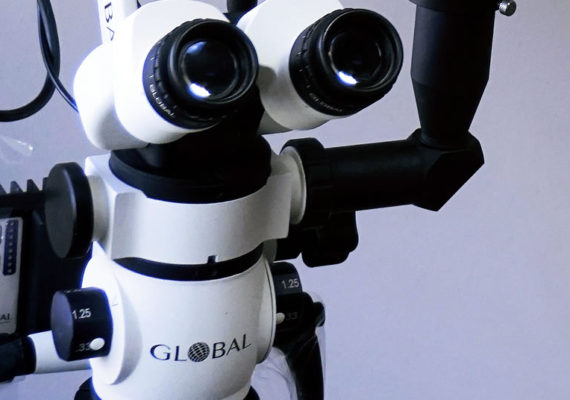Oral and maxillofacial surgeons are regional specialist surgeons who treat diseases, injuries, and defects in the mouth, jaws, forehead, cheekbone, face, skull, and regional hard and soft tissues in the oral (mouth) and maxillofacial (jaws and face) regions. They are skilled at the diagnosis and surgical management of both the functional and aesthetic aspects of those facial areas. They perform procedures ranging from the removal of impacted teeth to the repair of facial trauma. The injuries to the face, which range from burns, lacerations and bruises, often involve soft tissue damage and fractures to the face, nose, and jaw.
Oral and maxillofacial surgeons must go through 4-6 years of additional training after graduating from dental school. In the U.S., 4-year residency programs grant a certificate of specialty training in oral and maxillofacial surgery, while 6-year programs grant the specialty certificate and a medical or research degree.
These surgeons perform many tasks in their practice. They administer general and local anesthetics, remove impacted, damaged, and non-restorable teeth, and evaluate the position of wisdom teeth to determine whether there are existing or potential problems that might occur in the future. In addition, they can remove tumors or other abnormal growths, treat ulcers and infections, and perform surgery to prepare the mouth for dental implants. Often times, the surgical procedures involve restoring form and function by moving skin, bone, nerves, and other tissues from other parts of the body to reconstruct the jaws and face.
The surgeons also perform cosmetic procedures as well. Not only do they treat conditions such as cleft lip and palate and jaw growth problems, they also do chin and cheek- bone enhancements, and minor facial rejuvenation procedures which may use Botox or laser technology. In emergency situations, they are able to provide treatment of facial injuries including facial and intra-oral lacerations and fractured facial bones.




